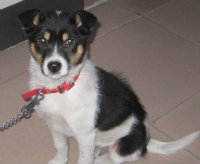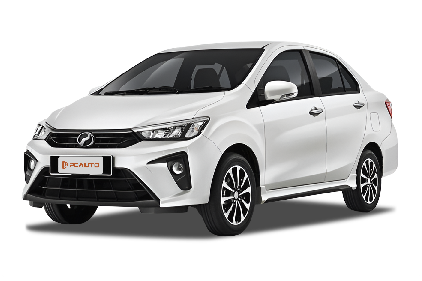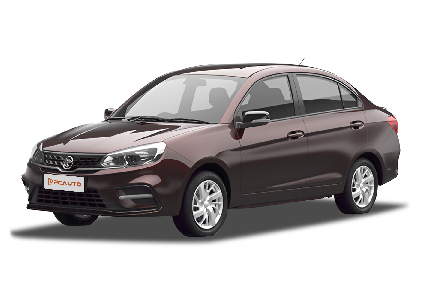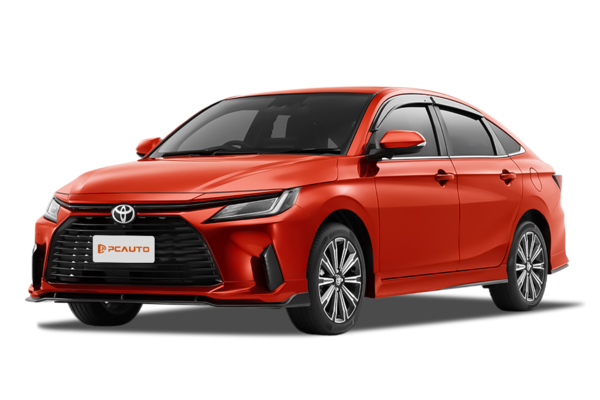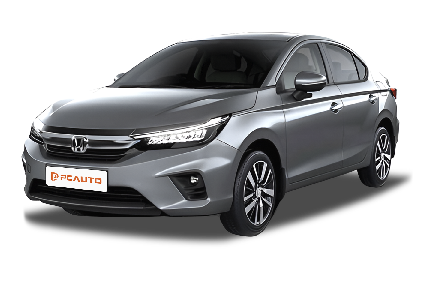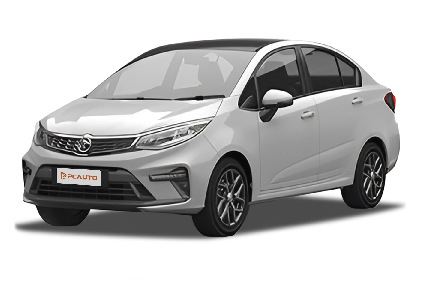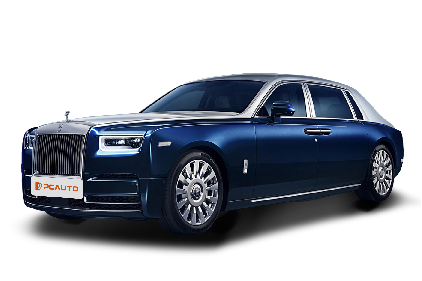

Reference Only. Update Soon
2016 Rolls-Royce Ghost Ghost Black Badge
No.34 in Best SedanPrice
RM 1,000,000
Select a Vehicle Variant
2016 Rolls-Royce Ghost Ghost Black Badge RM 1,000,000
Summary
Get the 2016 Rolls-Royce Ghost Ghost Black Badge – a practical Luxury Sedan since 2016. Starts at RM 1,000,000. Seats 5 comfortably in its spacious cabin (-x-x-mm). Big enough for families, nimble enough for cities.
Zippy on highways with a -km/h max speed. The -cc engine is both strong and efficient. Want a no-fuss car that looks good? The 2016 Rolls-Royce Ghost Ghost Black Badge packs value, modern design, and everyday performance together.
Zippy on highways with a -km/h max speed. The -cc engine is both strong and efficient. Want a no-fuss car that looks good? The 2016 Rolls-Royce Ghost Ghost Black Badge packs value, modern design, and everyday performance together.
Core Specs
Segment
Luxury
Engine Capacity(cc)
-
Transmission
-
Fuel Comsumption (L/100km)
-
Fuel Tank(litres)
-
Top Speed(km/h)
-
Seats
5
Length(mm)
-
Width(mm)
-
Height(mm)
-
Wheelbase(mm)
-
Boot Volume(L)
-
Other Variants
Price
RM 1,000,000
Body
-×-×-
Engine Power(PS)
-
Engine Torque(Nm)
-
TRANSMISSION
-
Fuel Consumption
-
Rolls-Royce Ghost Dealers
Popular Cars
Model Year
Car Compare
Car Photo
Model List
Rolls-Royce Ghost is a Luxury Sedan car launched by Rolls Royce. PCauto has cataloged various variants of this car produced from - to -.You can compare differences in detail at the parameter table.
Among the 0 variants of Rolls-Royce Ghost, prices range from the affordable TBC to the most expensive TBC.You can find different horsepower versions ranging from - to -.
Rolls-Royce Ghost offers - engines and - transmission. Check the spec sheet for more details.
0 Model on Sale
2016
2011
2010


